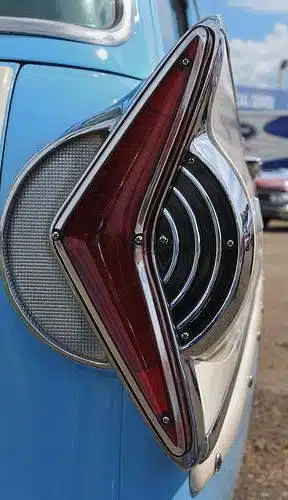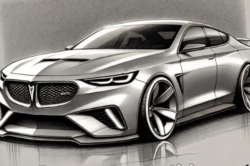Tail Light Wiring Color Code

The history of car tail lights is a fascinating journey that spans the evolution of automobiles and the need for effective signaling on the road. Tail lights play a crucial role in ensuring safety by making vehicles visible to others, especially in low-light conditions. Let’s take a stroll through the development of car tail lights.
In the early days of automobiles, before the widespread use of electric lighting, vehicles relied on kerosene lamps for illumination. These lamps were mounted on the front and rear of vehicles to enhance visibility. However, they had limitations in terms of brightness and reliability.
As technology advanced, electric lighting systems became more prevalent in the automotive industry. In the early 20th century, the introduction of electric headlights paved the way for electrically powered tail lights. The purpose of these early tail lights was primarily to indicate the presence of a vehicle to other road users.
The design and placement of tail lights evolved over the years. Initially, they were simple bulbs housed in basic enclosures. Over time, automakers began incorporating more sophisticated designs to enhance both functionality and aesthetics. By the mid-20th century, tail lights became an integral part of the overall design of cars, contributing to their visual appeal.
In terms of safety, the addition of brake lights further improved the signaling capabilities of vehicles. Brake lights illuminate when the driver applies the brakes, serving as a clear indication to those behind that the vehicle is slowing down or coming to a stop.
In recent decades, advancements in lighting technology have revolutionized car tail lights. Light-emitting diodes (LEDs) have become the preferred choice for many manufacturers. LEDs offer benefits such as increased brightness, faster response times, and greater energy efficiency compared to traditional incandescent bulbs.
Beyond their functional role, tail lights have also become a canvas for creative design in the automotive industry. Car manufacturers often use distinctive and stylish tail light designs as a part of their branding, contributing to the unique identity of each vehicle.
In summary, the history of car tail lights reflects the evolution of automotive technology and design. From simple kerosene lamps to sophisticated LED arrays, tail lights have come a long way in enhancing safety and contributing to the overall aesthetics of vehicles on the road.








